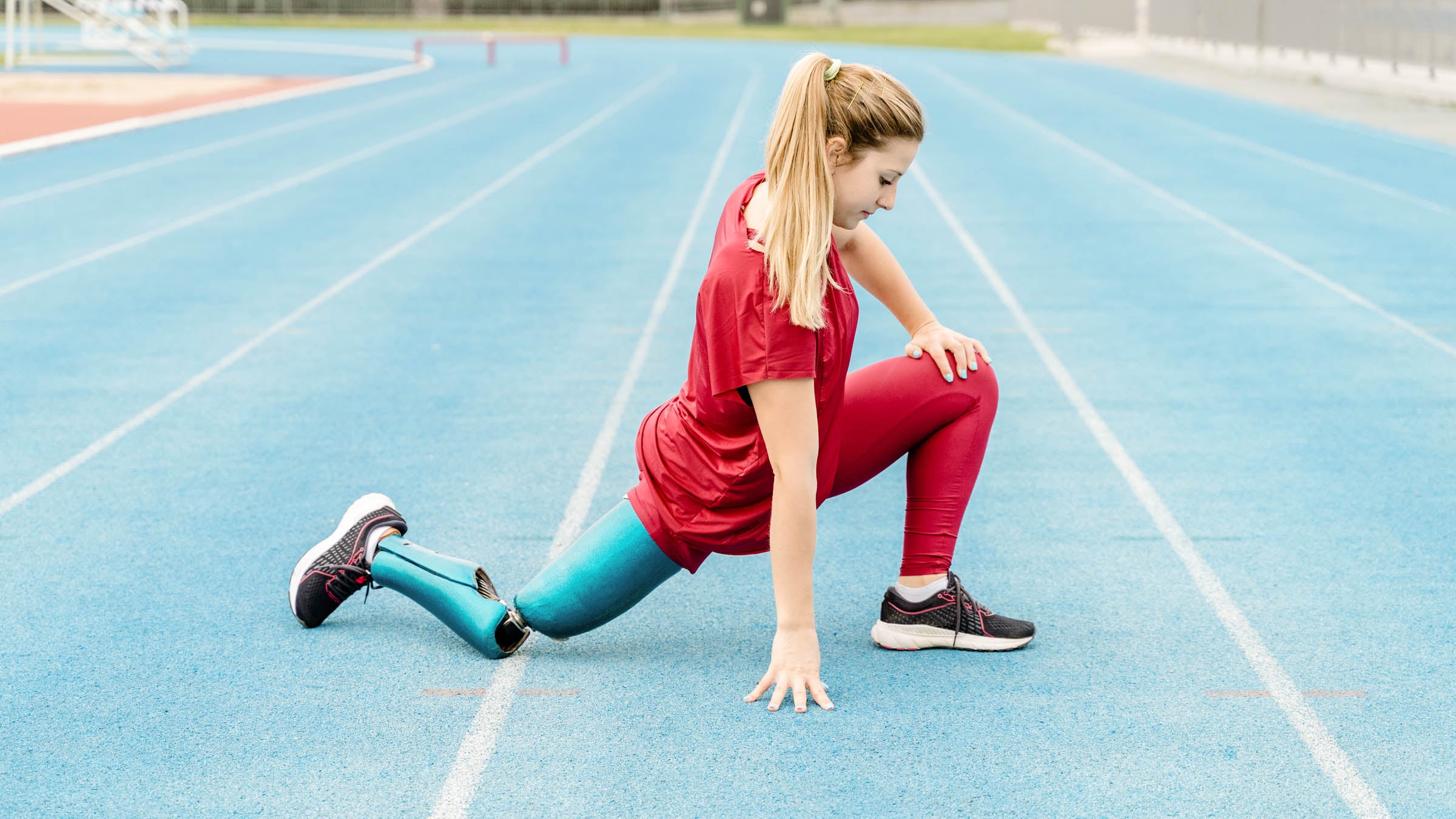5 Scientific Studies that Can Help Your Running Right Now

(Photo: Getty Images)
The science behind fitness and health is an ever-changing landscape. There will never be a definitive answer for how to live better and longer, how to achieve more, or be the best. But across the globe, scientists keep asking questions and searching for the answers so they can move the margin a little bit closer.
In the world of sport and exercise science, that usually comes in the form of helping athletes improve through understanding more about biomechanics, physiology, nutrition, injury prevention, psychology, anatomy, and biokinetics. When advances are made, things get interesting (just take the speedy races we’re seeing thanks to shoe technology, for example).
But you don’t have to be an elite runner to benefit from advances in exercise science. If you’re wondering how to be just a little healthier, run a little faster, and feel a little happier—this is the latest science can offer you.
1. Caffeine Boost
It’s been known for a while that caffeine can be beneficial for runners, but now there’s a little more guidance in regard to dosage. That means this is exercise science you can actually use. The International Society of Sports Nutrition issued a position stand stating 3–6mg of caffeine per kilogram of body mass is the most effective dose to improve exercise performance.
The takeaway: You can count on caffeine. Endurance athletes were found to get the most consistent and largest benefits from caffeine compared to other athletes in the study. Keep in mind that one 8-ounce cup of coffee has about 95mg of caffeine.
RELATED: 10 Things the Latest Science Tells Us About Caffeine and Athletes
2. Thighs Don’t Lie
A study out of Sweden concluded that runners with weak outer thighs have higher injury risk. Calf, knee, and Achilles injuries were highest reported, but all injured runners had relatively weak outer thighs (AKA abductors).
The takeaway: If you don’t already incorporate strength-training in your routine, get on that. Spend time focusing on single-limb strength to get a robust workout. For outer thigh strength specifically, add lunges to your strength routine to help prevent injury. Make sure you’re working them from all angles (front, diagonal, side, and pivoting).
RELATED: Avoid Soreness and Injury by Gradually Incorporating Strength Training
3. Running on Graphene
Experts at the University of Manchester have developed a running shoe with a graphene-enhanced sole. In tests they have found that the shoes made with graphene foam last twice as long with 25 percent greater energy return than shoes with EVA foam.
The takeaway: Carbon-plate technology has been getting lots of attention, but it looks like the super shoe showdown is not going to stop there. Is graphene the real future of fast kicks?
4. The Hills are Alive…
Nature sounds can decrease pain, lower stress, improve mood, and boost cognitive performance, according to a study in Proceedings of the National Academy of Sciences of the United States of America.
The takeaway: Experiencing pandemic whiplash? Or just every day normal life stress? If you’re looking for a mental health boost try taking your next run (or walk) in a state park sans headphones or other auditory distractions.
RELATED: Maximize Nature’s Therapeutic Benefits on Your Next Run
5. A Run a Day Keeps the COVID Away
Exercise may protect you from severe COVID. The study, conducted by Kaiser Permanente earlier this year, looked at nearly 50,000 patients and found that people who self-reported as consistently inactive had a greater chance of being admitted to the ICU or dying from COVID complications.
The takeaway: A tool kit of COVID precautions has been given to us over the course of the pandemic: masks, vaccines, hygiene tips, and social distancing cues. Now you can add physical fitness to your kit to arm yourself against a virus that has claimed too many people. “Maintaining even a basic recommended level of exercise, such as walking or running 30 minutes a day, 5 days a week is enough to help your body to fight off a variety of disease, including COVID-19,” said Dr. Robert Sallis, co-author of the study.
RELATED: Power Through the Finish: New Research on Hitting the Wall Could Help You Avoid It